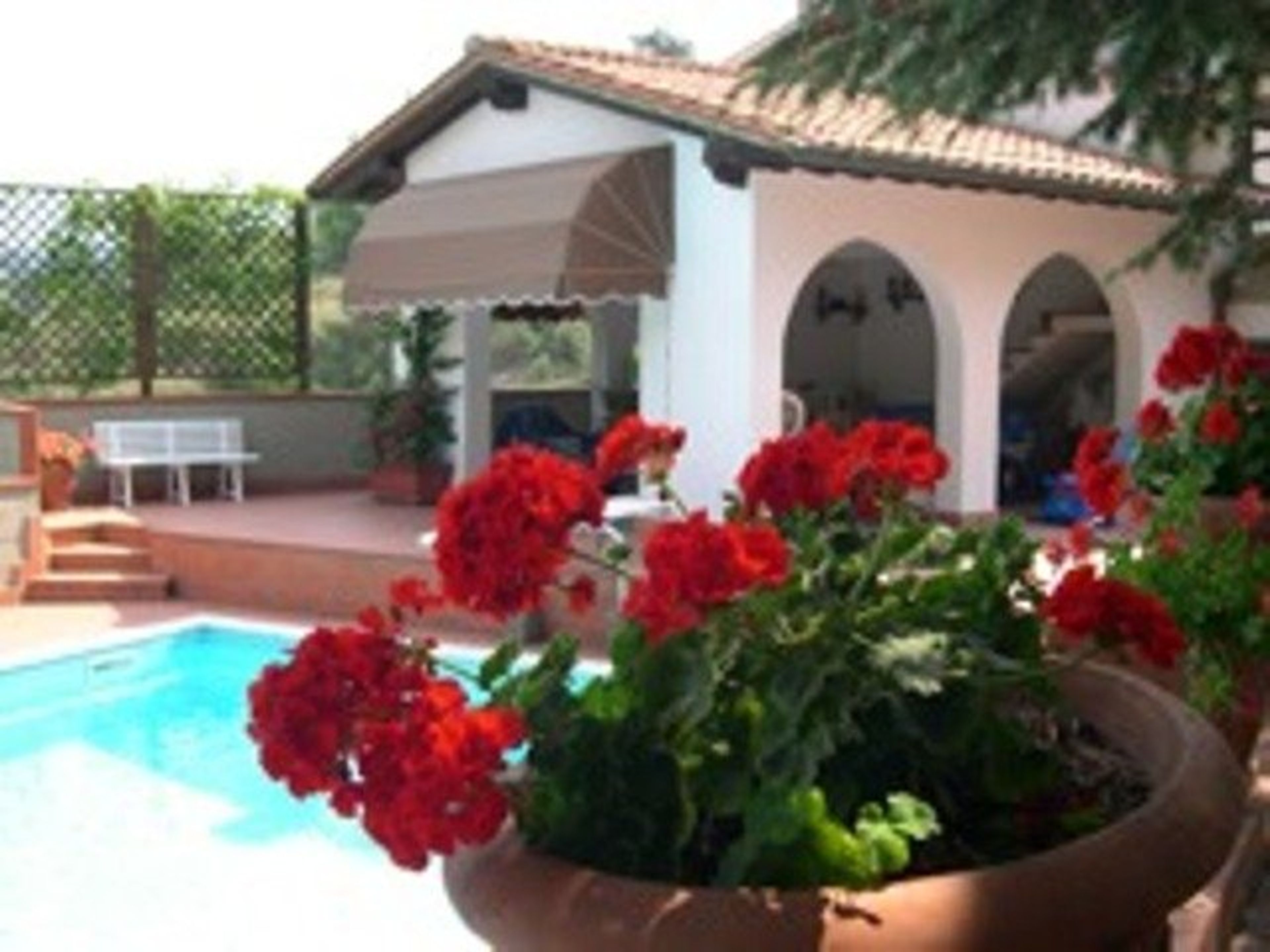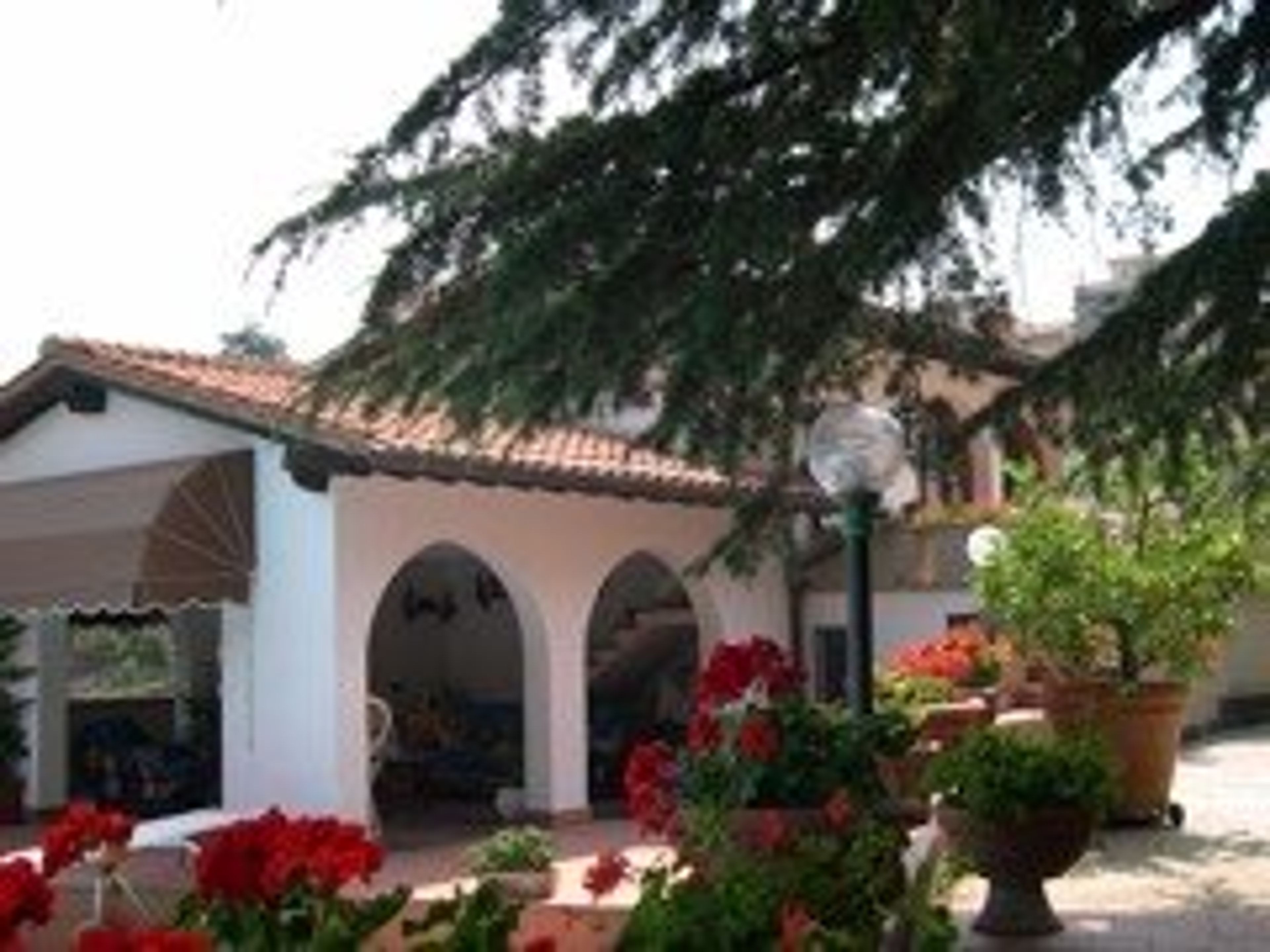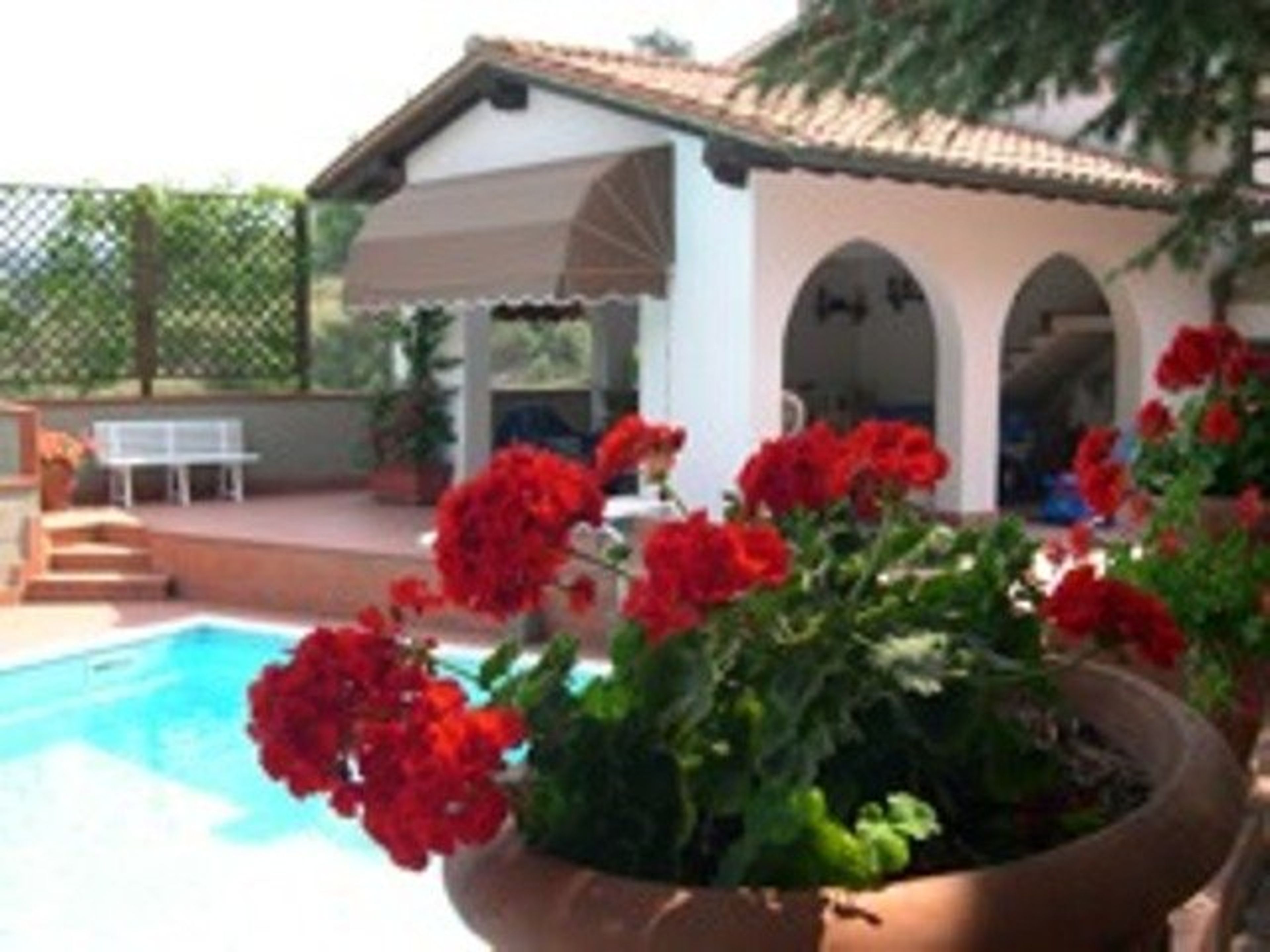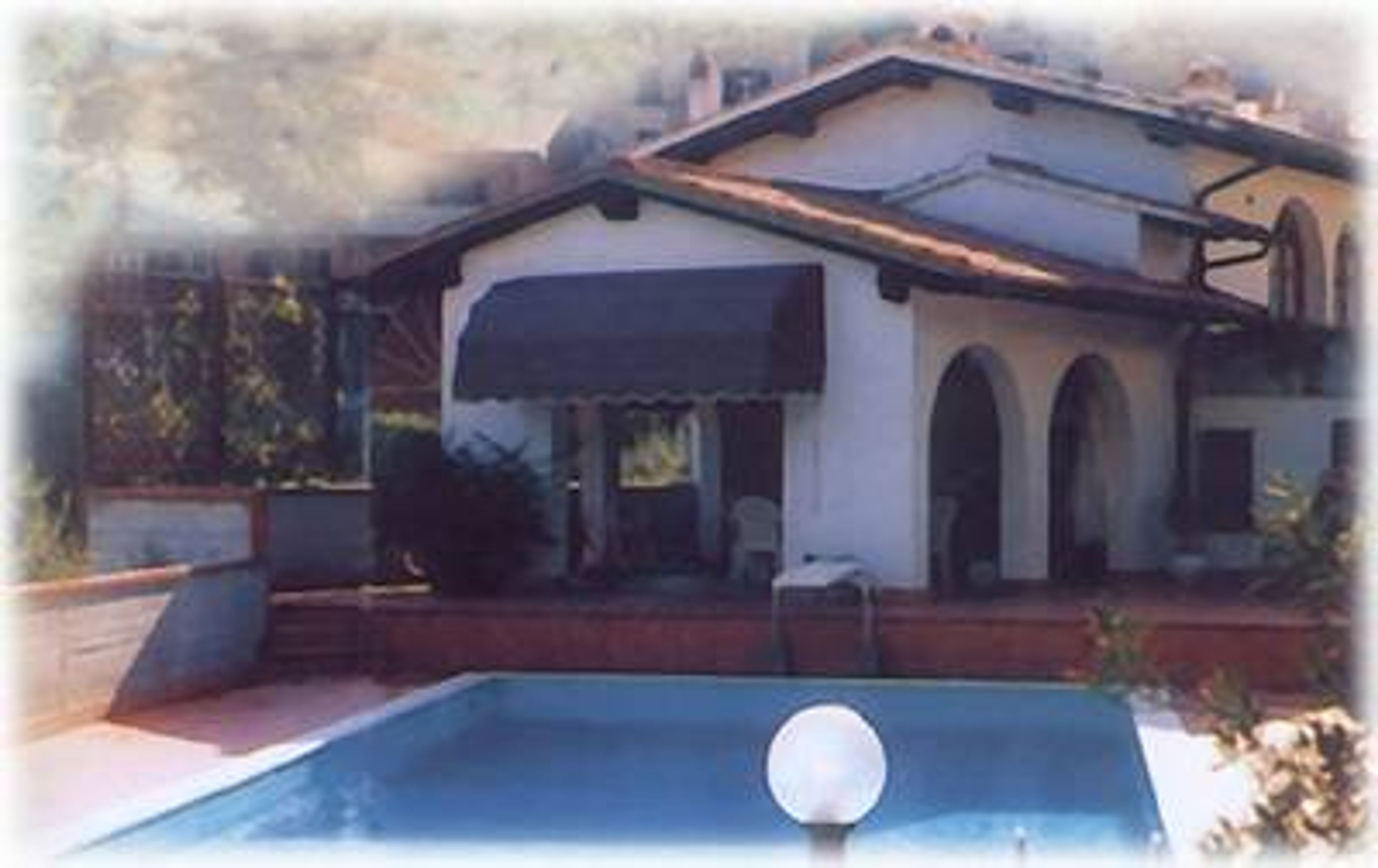- Italy
- > Tuscany
- > Prato Province
- > Carmignano
LE CASACCE - HOLIDAY HOUSES - APARTMENT LA TINAIA





The flats are located in Poggio Alla Malva, near Carmignano and from here it is easy to reach Florence, Pistoia, Prato and also Montecatini, Empoli, Lucca.

Carmignano’s traditional food and ways of cooking are similar to those of Florence and Prato, based largely on locally grown produce, though cooks are known to add touches of their own. Some of Tuscany’s finest extra virgin olive oil comes from hand-picked olives still sometimes processed by antique methods of crushing under giant stone wheels, though most is done by modern centrifuge methods. Honey is also made in the area with flavors based on the various blossoms and flowers of the Montalbano hills.
Bakery goods and pastries are a specialty of the area, first among them the crunchy almond biscuits known as biscotti di Prato. Carmignano is also known for the cookies called amaretti di’ Fochi, based on almonds and apricot pits that accaunt for the characteristically bitter flavor.
Perhaps the most prized gastronomic product of Carmignano are the dried figs, fichi secchi, also known as le picce, made following a local practice that has been traced back to Roman times. Le picce are regularly served with a bit of butter, freshly cracked walnuts and Vin Santo, though recent experiments with the mortadella sausage of Prato, lardo di Colonnata and ricotta from the nearby mountains of Pistoia have also been impressive.
HISTORIC SITES
The church of San Francesco stands at the place where Saint Francis of Assisi was granted land by the commune of Carmignano in 1211 and a monastery was erected.
On the site, in 1330, the parish church of San Michele was built in honor of the town’s patron saint. The church contains Pontormo’s undisputed masterpiece of the Visitation (1530), one of few works left by the eccentric artist whose real name was Jacopo Carrucci. Also to be viewed there a Madonna with child and saints by Cosimo Lotti and the 17th century altar pieces by Giovan Pietro Naldini.
The remains of la Rocca, the medieval fortress overlooking the town, are now marked by a bell tower with a clock. Constructed between 1125 am 1138 and reinforced in succeeding eras, the strategically situated fortress was frequently fought over by rulers of Florence, Prato and Pistoia.
When captured by Castruccio Castracani degli Alteminelli in 1325, instead of destroying it, as had been the practice of the ruthless war lord with previous conquests, he reinforced it, realizing the importance of its position with views over the vast plain between the Montalbano range and Florence.
The Medici villas of Carmignano and Poggio a Caiano are considered masterpieces of Renaissance architecture. Several lie within the Barco Reale, epitomized by the Villa Ferdinanda at Artimino, also known as the Villa dei Cento Camini for the hundred chimneys protruding from its roof.
Carmignano is noted for its Romanesque churches and chapels dating to the Middle Ages. Five of special note in the commune are San Giusto al Pinone, San Jacopo a Capezzana, San Leonardo ad Artimino, San Lorenzo a Montalbiolo (with a panel by the Florentine painter Giovanni Bizzelli), and San Martino in Cam
SPECIAL EVENTS
Carmignano, with a population of 11,450 inhabitants distributed through the villages of the commune, is an unusually lively town, noted for its markets, fairs and cultural events. The following are noteworthy:
Mercato Antiquariato (antique market) is held on the first Sunday of each month in the main square of Carmignano.
Antica Fiera di Carmignano the traditional town fair is held in the first ten days of December.
Festa Della Ciliegia celebrates the cherry harvest in early June.
Sagra Del Fico, a celebration of the famous dried figs, is held in early September at Bacchereto.
Festa Della Castagna signals the chestnut harvest in the last two weeks of October at Bacchereto.
Festa del Vino Novo marks the arrival of the fist wine of the vintage at Artimino late in October.
Estate Qui presents a series of theatrical and musical performances and films late June to mid-August.
